Tokyo Art Scene: Playful Art
The Avant-Garde and The Future of Art
This month, we recommend these three art exhibitions in Tokyo with a collection of artwork that embodies the playfulness and revolutionary elements of the avant-garde.
The emergence of modern art in the late 1800s signaled the shift of fine arts as a medium for the people. When Gustave Courbet kickstarted the Realism movement by depicting the lives of the working class in his paintings, he also sparked the beginning of avant-garde. Sociopolitics began intertwining with the arts, and creatives started going above and beyond experimenting with their craft. Until today, the fine arts are often used as social agency and self-expression tools.
“Play Play Art”
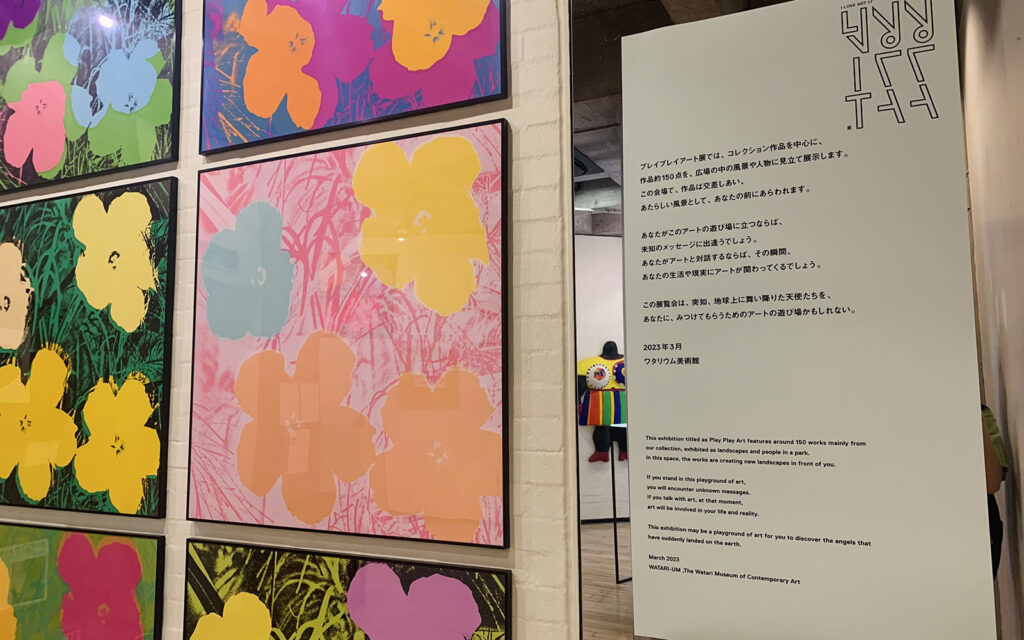 © Photo by Nadila
© Photo by NadilaFor artists, the canvas is their playground. Perhaps not only the canvas but the camera, metal scraps or wood. Contemporary artists are fond of using anything they can get their hands on and turning it into visual works. The Watari Museum of Contemporary Art currently exhibits a collection of contemporary artworks featuring works by 19 international artists. From sculpture to photography, visitors can expect to find a diverse selection of modern and contemporary art, with each piece displaying its distinct charm.
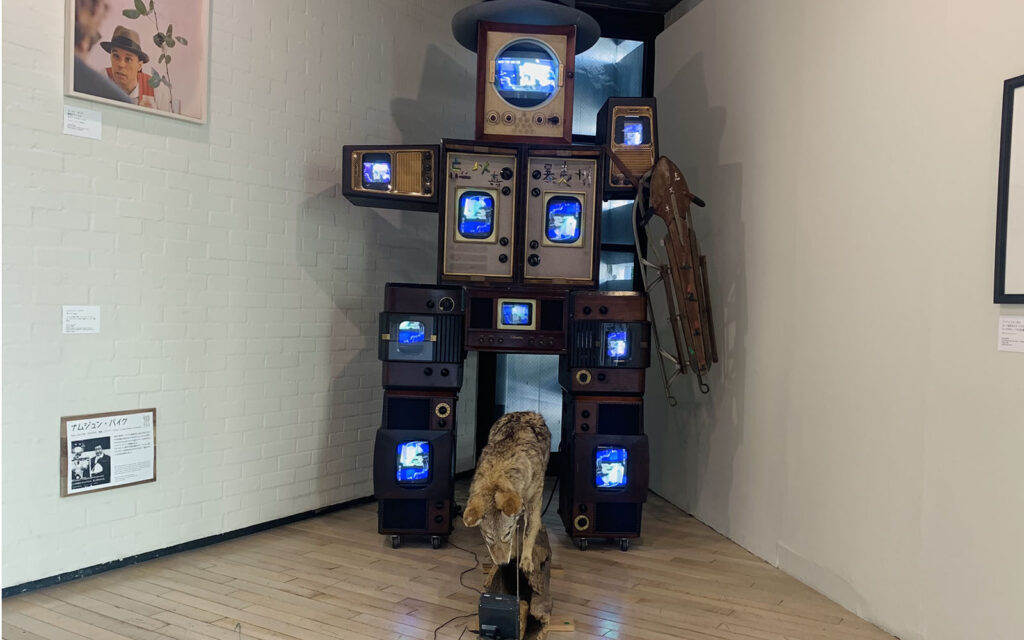 © Photo by Nadila
© Photo by NadilaThe exhibition features artists from all over the world. Some notable ones include photographs depicting Russia in the early 18th century taken by graphic artist Alexander Rodchenko. The Soviet artist is one of the leading men behind Constructivism, an art movement that accompanied rising industrialism and urban growth. Other celebrated artists include Nam June Paik, the founder of video art and Andy Warhol, the icon behind the pop art movement.
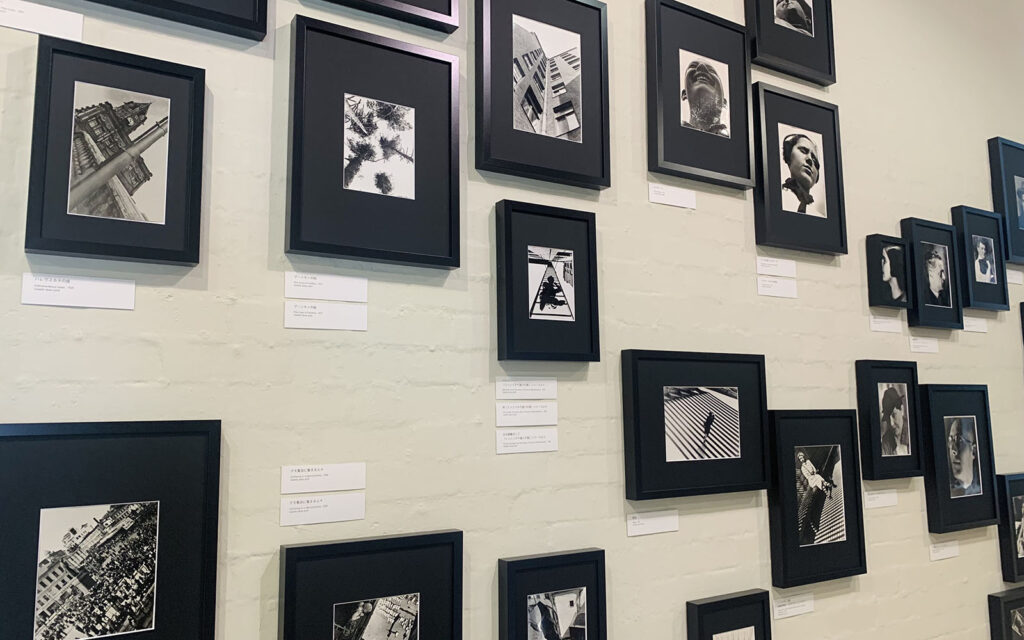 © Photo by Nadila
© Photo by Nadila- Date
- Now through Sun Jul. 23, 2023
- Time
- Daily except Mon. from 11 A.M. to 7 P.M.
- Location
- “Watari-um” The Watari Museum of Contemporary Art, 3-7-6, Jingumae, Shibuya-ku - Map
- Fee
- ¥1,500 (Adults, ¥2,600 for pairs), ¥1,300 (Students, Senior over 70, visitors with disabilities), ¥500 (Middle-school and Junior-high school students)
- Info
- 7-minute walk from Gaienmae station, 9-minute walk from Omotesando station, 15-minute walk from Harajuku station
“Tadanori Yokoo: My Black Holes”
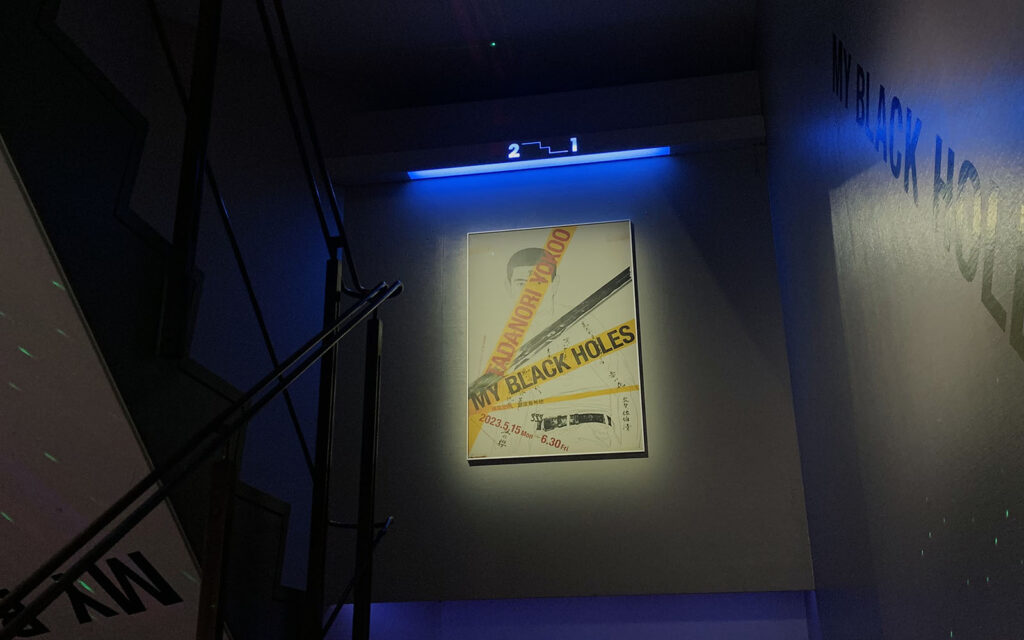 © Photo by Nadila
© Photo by NadilaGraphic designer Tadanori Yokoo is known for his flashy and psychedelic posters. His graphic collages involve vibrant and colorful rays and layers of images. However hectic Yokoo’s designs are, each element is intentionally placed and planned meticulously. Those interested in the design process of the Hyogo-born artist can visit Ginza Graphic Gallery, which is currently exhibiting sketches and early drafts of the Japanese designer’s works.
 © Photo by Nadila
© Photo by NadilaThe gallery’s first floor features several Yokoo’s sketches and poster drafts. Notes, measurements and rough color blocks are layered over light pencil drawings of graphic posters. The collection is a glimpse into Yokoo’s design process and experimental phases. Like the final works, his sketches give off an eccentric feel with his use of thick colored markers and tiny markings that dots over the drafts. On the basement part of the gallery are some of Yokoo’s explorations with other 2D mediums, which shows off the artist’s versatility while staying true to his style.
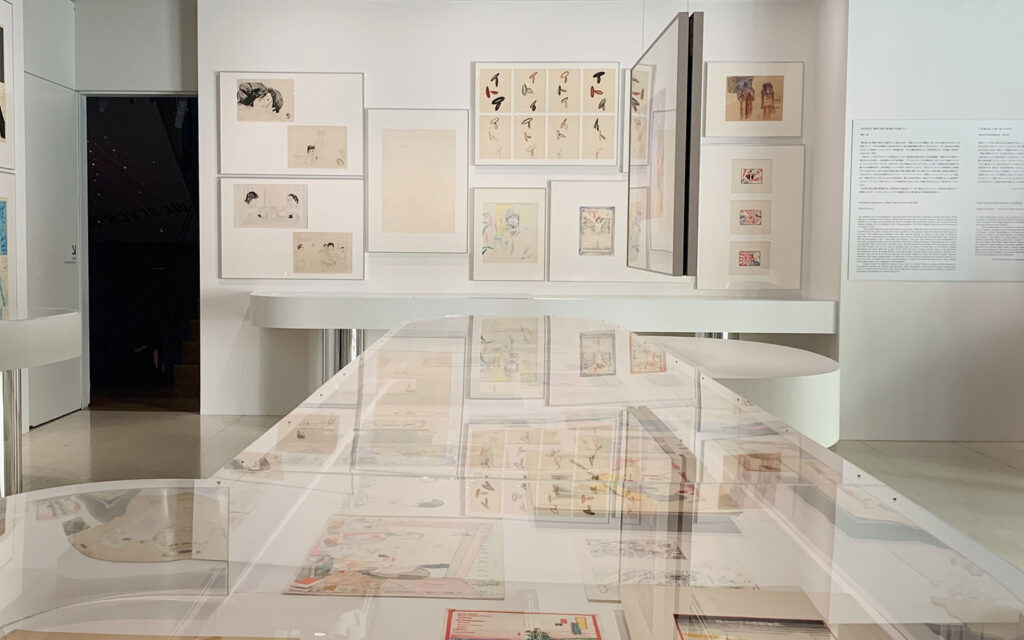 © Photo by Nadila
© Photo by Nadila- Date
- Now through Fri Jun. 30, 2023
- Time
- Daily except Sun. and national holidays from 11 A.M. to 7 P.M.
- Location
- ginza graphic gallery (ggg), DNP Ginza Building 1F & B1F, 7-7-2, Ginza, Chuo-ku - Map
- Fee
- Free
- Info
- 5-minute walk from Ginza and Yurakucho station
“MOMAT Collection”
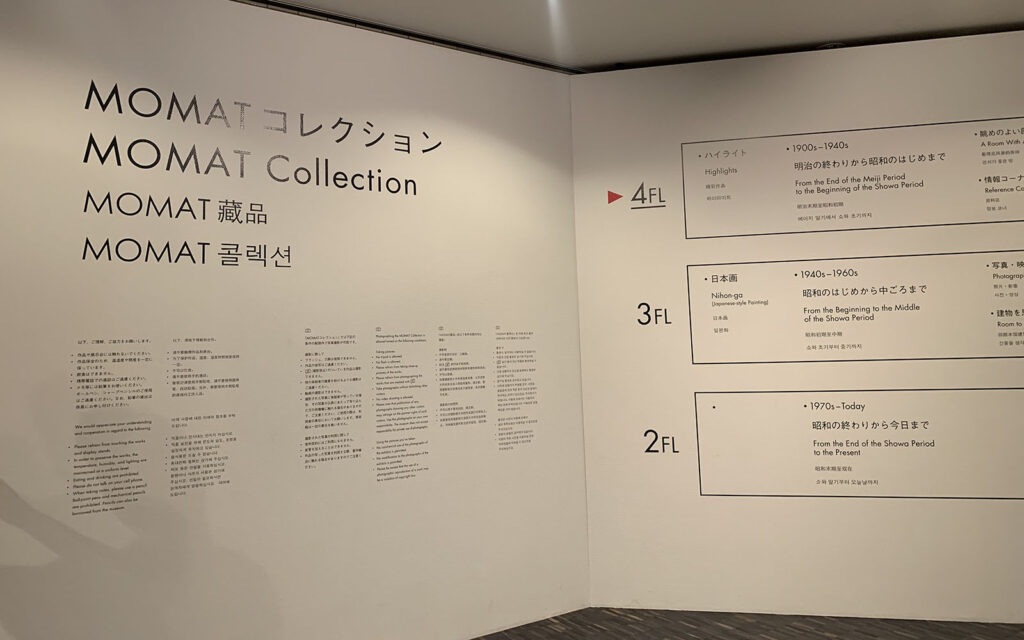 © Photo by Nadila
© Photo by NadilaThis year marks the 100th anniversary of the Great Kanto Earthquake, one of the largest and most devastating natural disasters to hit the nation. Since then, many efforts have been made to revitalize the city and its people, including the art scene, which prompted more avant-garde and experimental movements. To commemorate the earthquake and celebrate the artists and movements that came after, The National Museum of Modern Art Tokyo, will feature paintings, sculptures and photography works from postwar and post-earthquake Japan in this season’s rotation of the MOMAT Collection.
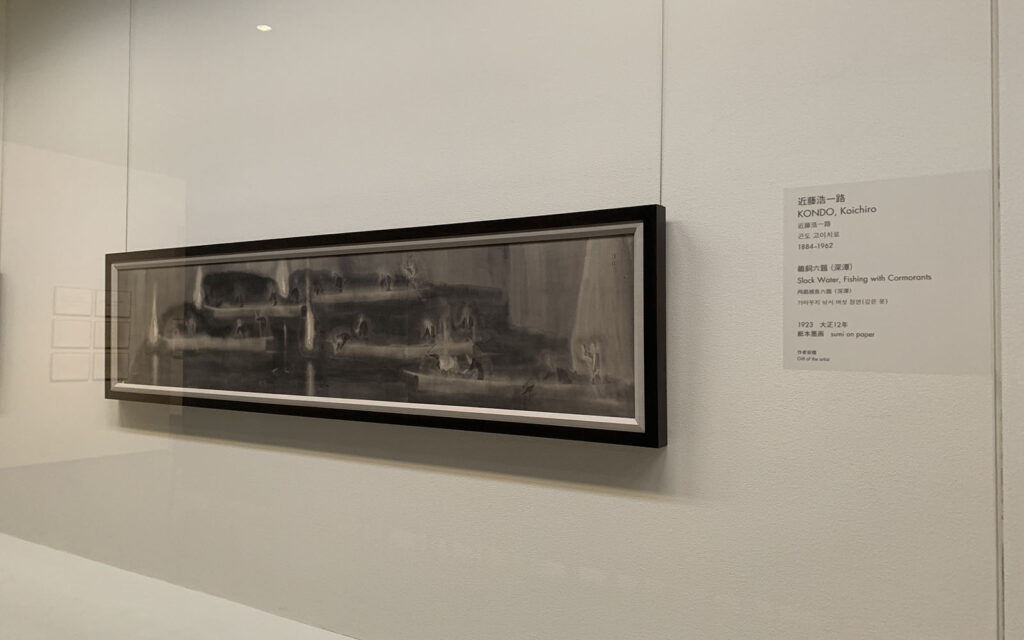 © Photo by Nadila
© Photo by NadilaFeatured as part of the MOMAT Collection are works by photographer Kiyoji Otsuji to celebrate the 100th anniversary of the Tokyo-born artist. Taken in black-and-white, Otsuji is fond of taking photos of fellow avant-garde artists. His works explore the postwar context in which experimental art forms flourished. The MOMAT Collection is concluded by some contemporary artworks produced before and after the 2011 Tohoku earthquake. Juxtaposed against the works of nihonga (Japanese paintings), which welcome visitors, the collection is a comprehensive look at the changes brought by major historical events.
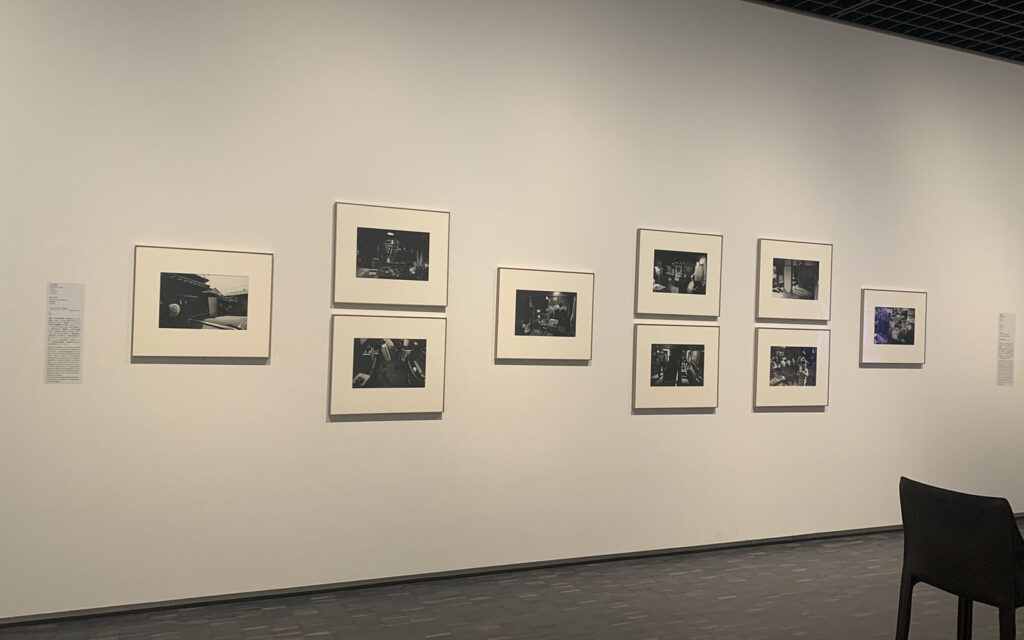 © Photo by Nadila
© Photo by Nadila- Date
- Now through Sun Sep. 10, 2023
- Time
- Daily except Mon. from 10 A.M. to 5 P.M. (until 8 P.M. on Fri. and Sat.)
- Location
- The National Museum of Modern Art, Tokyo, 3-1 Kitanomaru Koen, Chiyoda-ku - Map
- Fee
- ¥500 (Adults), ¥250 (University students), Free (for High school students under and Senior over 65)
- Info
- 3-minute walk from Takebashi station
We hope these exhibitions excite you for the future of art.












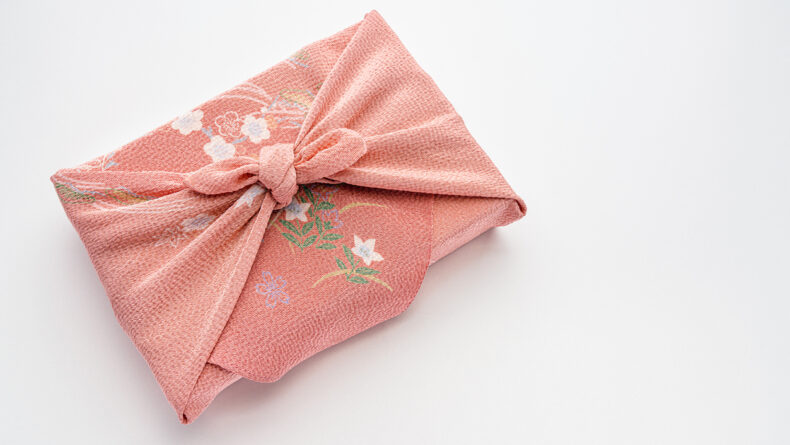


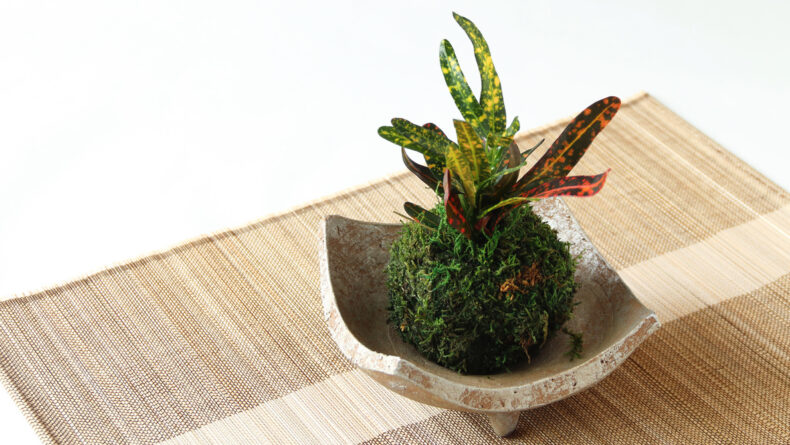
Leave a Reply